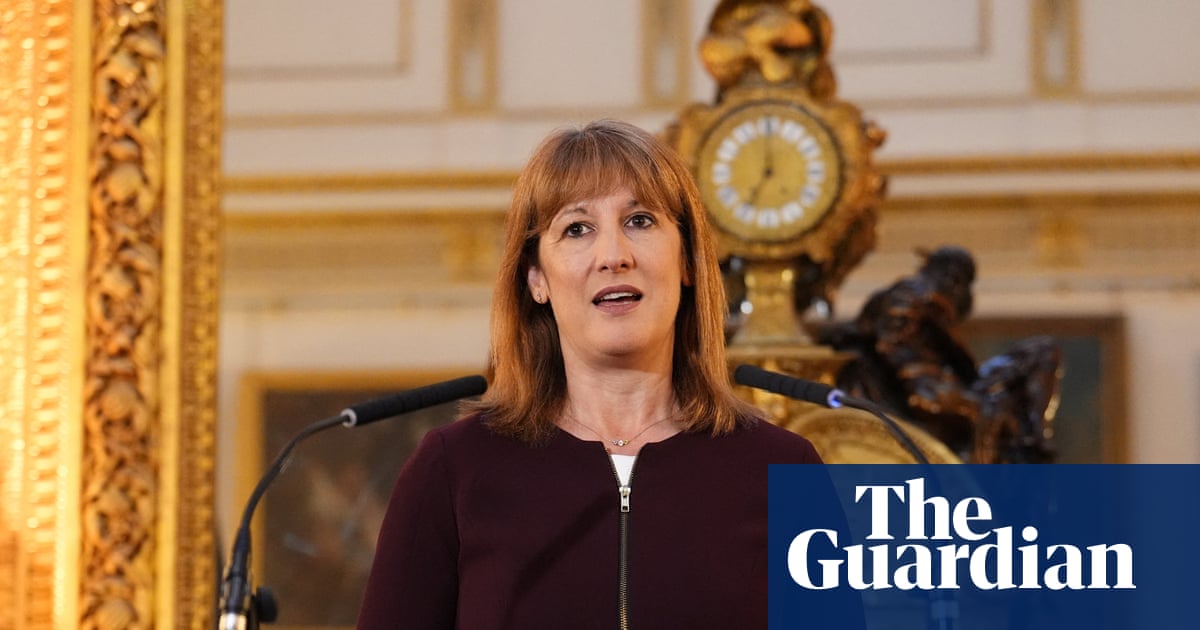The UK government borrowed more than expected last month, official figures show, adding to pressure on the Treasury in the run-up to the autumn budget.
Figures from the Office for National Statistics (ONS) showed public sector net borrowing – the difference between public spending and income – rose to £18bn in August, £3.5bn more than in the same month a year earlier.
The reading was above City predictions for a deficit of £12.75bn and forecasts from the Office for Budget Responsibility of £12.5bn.
Grant Fitzner, the ONS chief economist, said the figure was the highest August borrowing total since the height of the Covid pandemic. “Although overall tax and national insurance receipts were noticeably up on last year, these increases were outstripped by higher spending on public services, benefits and debt interest.”
On top of upward revisions to previous months, total borrowing for the financial year to date rose to £83.8bn, also the highest level since 2020. The total was £16bn higher than in 2024 and above a £72.4bn forecast from the OBR.
The chancellor, Rachel Reeves, is widely expected to present a package of tax rises in her 26 November budget to offset deteriorating economic forecasts and plug a deficit that some estimates say could be up to £40bn.
James Murray, the chief secretary to the Treasury, said: “This government has a plan to bring down borrowing because taxpayer money should be spent on the country’s priorities, not on debt interest.
“Our focus is on economic stability, fiscal responsibility, ripping up needless red tape, tearing out waste from our public services, driving forward reforms, and putting more money in working people’s pockets.”
Mel Stride, the shadow chancellor, said: “Keir Starmer and Rachel Reeves are too weak and distracted to take the action needed to reduce the deficit. The chancellor has lost control of the public finances, and Labour’s weakness means much needed welfare reforms have been abandoned.”
The borrowing figures come a day after the Bank of England kept interest rates unchanged at 4% and scaled back its multibillion-pound bond disposal plan to avoid distorting jittery financial markets.
Britain’s long-term borrowing costs have hit the highest level in 27 years, fuelled largely by global factors but also investor worries over the strength of the UK economy and the public finances. However, the Bank’s programme to reduce its stock of government bonds, known as “quantitative tightening” has also played a role.
after newsletter promotion
Rising borrowing costs have added to the pressure on the government finances, alongside higher levels of spending on public services and benefits as pay rises and inflation increase running costs.
The ONS said central government debt interest rose to £8.4bn in August, £1.9bn higher than in the same month a year earlier.
Nabil Taleb, an economist at PwC UK, said: “Months of high borrowing and the political challenge of cutting spending have all but wiped out the chancellor’s headroom.
“Gilt yields, the effective cost of financing government debt, have also surged this month to their highest level in decades. Broader economic conditions are offering little relief.”
